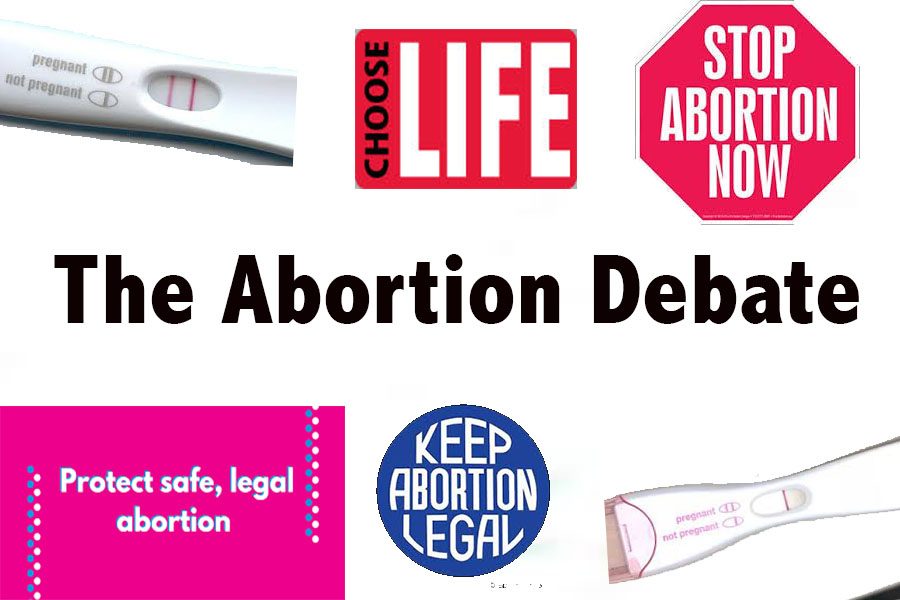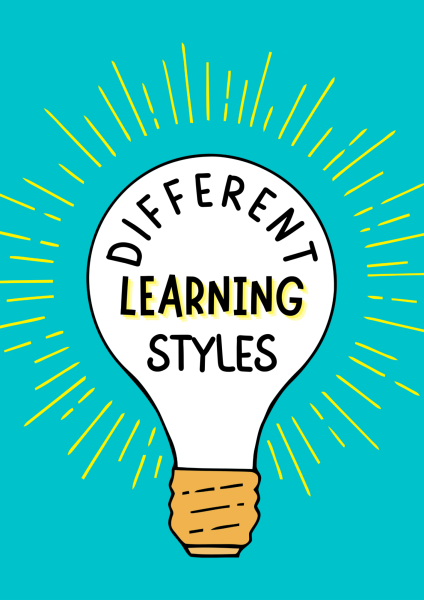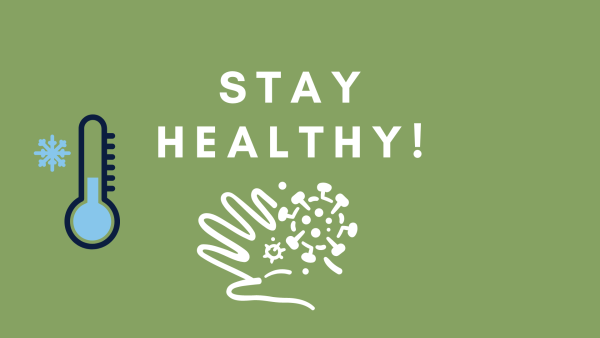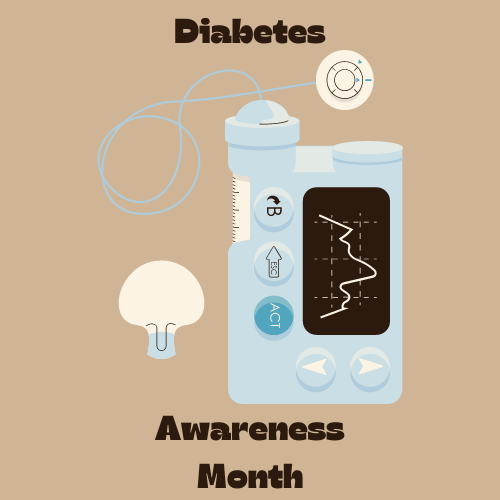The Abortion Controversy 2/3
November 18, 2019
Many laws and bans have been recently passed in multiple states having to do with abortion. These laws and bans have yet to come into effect as most of them are still under trial. The state of Alabama has recently implemented the most restrictive law on abortion, making it the only state in the United States that has made abortion completely illegal with no exceptions made for rape or incest. The ACLU (American Civil Liberties Union) and Planned Parenthood have filed a lawsuit to challenge this law, but as of now, the law is still in place. Some states have begun to sign the “Heart Bill”. This makes it illegal for an abortion to be carried out after a fetal heartbeat has been detected, which is usually after six weeks. States that have signed this include: Ohio, Missouri, Louisiana, Georgia, Mississippi, and Kentucky. Utah and Arkansas also have bans against abortions after 18-22 weeks. Some states, including New York, Vermont, and Illinois, are passing laws in the other direction that attest to the legal right of abortion.
The state of Nebraska currently has no laws preventing abortion. As of 2017, there were seven facilities in Nebraska that provided abortion, and three of these facilities were clinics. Although there are no laws against it, there are some restrictions including: a parent of a minor must provide consent, private insurance companies will only provide funding for an abortion if the mother’s life is endangered, a patient must receive state-funded counseling in an attempt to convince the patient to not partake in the procedure, and finally, she must wait 24 hours to make the decision of whether she wishes to undergo the abortion.
One of the first most controversial trials having to do with abortion is the Roe v. Wade trial, which occurred in Texas in 1973. The appellant for this case was Jane Roe and the appellee was Henrey Wade. Jane Roe was not the actual name of the appellant, but was the name used to protect her safety. She was arguing that the law against abortion goes against her rights from the first, fourth, fifth, ninth, and fourteenth amendment. The conclusion decided upon was voted by the U.S. Supreme Court 7-2 to veto Texas’s decision to ban all abortion for the reason that a woman should be able to have the fundamental right to privacy and should be able to choose to have an abortion.
Planned Parenthood is a nonprofit organization that provides sexual and reproductive health care. It is one of the leading pro-choice supporting organizations, providing many services such as STD testing and treatment, birth control, well-woman exams, cancer screening and prevention, hormone therapy, general health care, and not only abortion but also infertility services. There are about 650 Planned Parenthood facilities that provide some or all of these resources.
In the pro-choice community, this organization is a very favored company while in the pro-life community, many people are strongly against what Planned Parenthood does. Title X is a federal grant that provides funding to support comprehensive and confidential services. There has been a new gag rule presented by President Trump which blocks planned parenthood from receiving funding from Title X. Planned Parenthood is currently in the process of working to change this decision.
Many people state that they think the only reason abortion should be happening is when rape or incest occurs, or when there is possible harm to the mother or child. According to a study done by the Guttmacher Institute in 2004, the leading issues are 25% are not ready for a child, 23% can’t afford a child, and 19% are done having children; therefore, the majority of the time, the reasoning behind abortion is not these terrible occurrences. Other reasons include: 8% don’t want to be a single mother, 7% not mature enough to raise a child, 4% would affect and interfere education and or job, and 6% for other reasoning. This leaves only 4% with physical health problems, 3% fetal health problems and less than .5% because of rape or incest. A reported 839,226 abortions happened in the year these statistics were recorded; this means only about 4,196 of them happened because of rape or incest, and about 58,745 occur because of a possible problem with the mother or child.
Because so many people feel so strongly about this discussion, they will fight for what they believe is right in many ways. One of the biggest, most well-known known ways the Pro-Life community protests is by marching in the March for Life. The March for Life is an annual, peaceful, pro-life march in Washington DC. The first one occurred on January 22, 1974, and the 47th annual march in 2020 is set for January 24. March for Life has many opportunities for supporting Pro-Life, including multiple protests throughout the year and marches in varying states. The organization also has a theme each year: the 2020 theme was announced as “Life Empowerers: Pro-Life is Pro-Woman”. Pro-Life supporters aren’t the only ones protesting for their beliefs in an impactful way. There are many petitions online for both Pro-Life and Pro-Choice and organizations like the ACLU and the Women’s March are hosting peaceful marches in many cities, including Washington DC.
Many varying thoughts and opinions as well as differentiating laws on abortion are explained for both the Pro-Life and Pro-Choice sides of the controversy. Those who feel strongly about the matter are able to voice their opinions in a number of different ways, and many people do. The abortion controversy has been happening for many years. It is as high as ever and does not appear to be calming down anytime soon.












